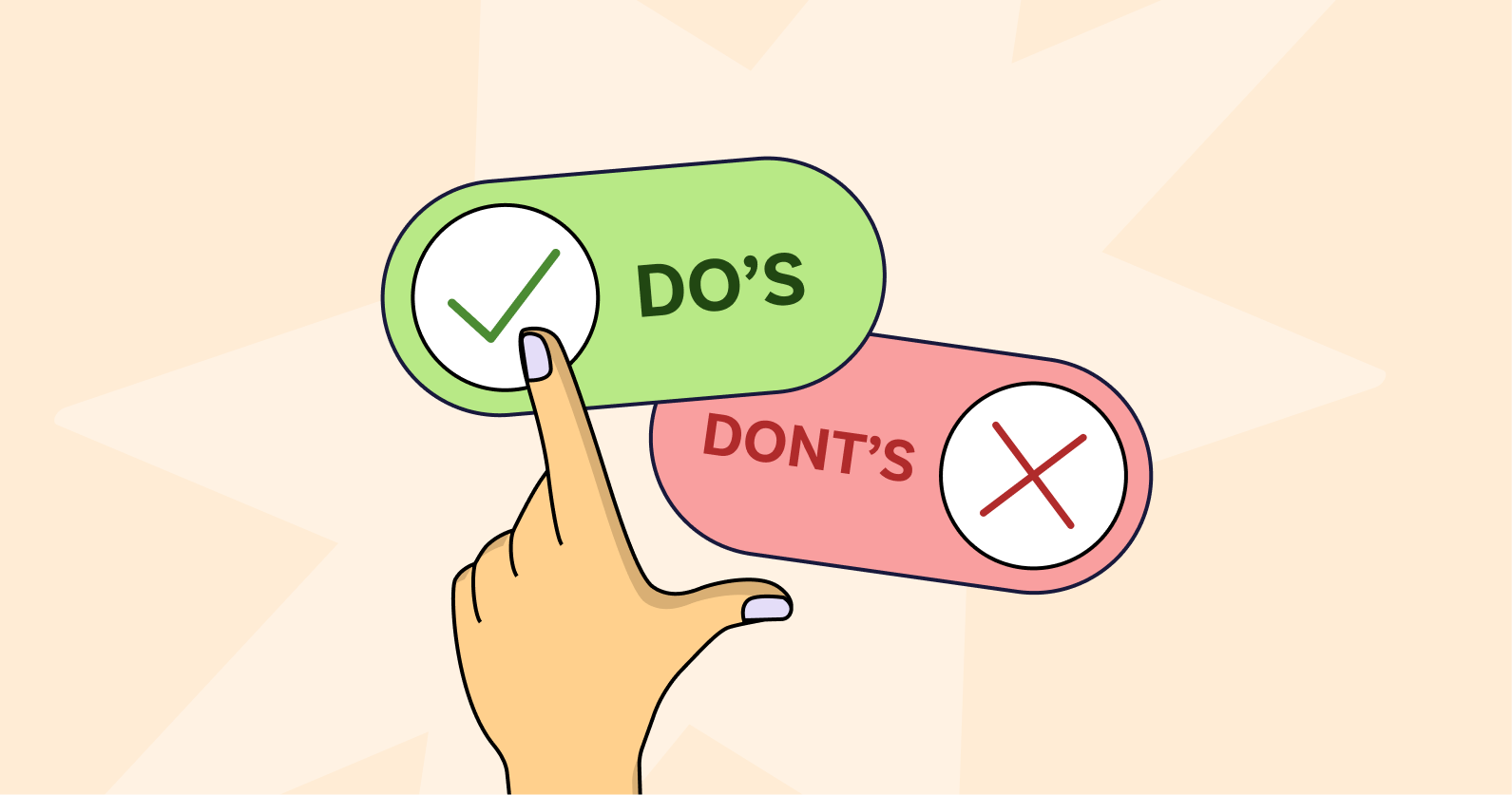
Want to ace your next fundraising campaign? Check out our strategy tips to ensure you have a successful result, including real-life examples.
Even for a small nonprofit, it takes a lot of legwork to raise enough money to support a year’s worth of programming. Nonprofits break down their yearly fundraising goals into distinct campaigns to make them more manageable, diversify their fundraising strategies, and create a sense of urgency. Each fundraising campaign may have different goals and a different audience, but some rules of thumb apply to almost every situation.
We’ve seen plenty of nonprofit organisations in the Raisely community accomplish some pretty incredible fundraising goals through innovative and compelling campaigns. We’ve been paying attention, and we’ve seen what works! Because we’re all about the spirit of community at Raisely, we’re happy to share some of our secrets with you.
Whether you’re planning a big capital campaign, a year-end appeal, or an emergency text-to-give campaign, there are some best practices to be aware of — and pitfalls to avoid. Follow these do’s and don’ts for a successful fundraising campaign.
1. DON’T Start Without a Plan!
It’s impossible to determine if your campaign is a fundraising success if you don’t have specific goals and some idea of how you plan to reach them beforehand. And because your fundraising campaign will take place over a short timeframe, it’s important to do as much work as you can before the campaign starts. Outlining a plan before you get started is the key to making the most out of your fundraising efforts.
Your campaign message is at the heart of everything, so it’s wise to start there. Looking at your cause, your audience, and your organisation’s branding should give you some clues as to what types of fundraisers will work best. Then you can create a detailed plan to determine what needs to happen when and who will be responsible for each step. Use our fundraising plan template to keep all the details in one place.
2. DO Focus on Your Donors
At the most basic level, the goal of every campaign is to motivate your audience of potential donors to support your mission. You have to know what gets your audience excited and give it to them! Most supporters want reassurance that you’re using their donations exactly as promised. Use “we” when talking about your organisation’s impact to make donors feel like part of the team.
Make sure your messaging is all about donors: Focus on what they care about and what kind of difference they can make with your cause. Learn about their preferences on everything from email and text message frequency to the credit cards they have in their wallets, so you can create a smooth supporter journey. For most audiences, this means putting mobile first — that’s why Raisely is a mobile-first platform.
3. DO Use Time to Your Advantage
Again, a year is a long time to sustain effective fundraising efforts. Avoid falling into a time crunch or missing opportunities by laying out a year’s worth of fundraising campaigns at a time.
First, determine the best times of year for things like direct mail appeals, crowdfunding campaigns, and fundraising events. Do some research on giving days that might be relevant to your cause, like GivingTuesday. Keep in mind what kinds of activities and spending people prioritise at different times of the year and spread out various fundraising strategies to keep things fresh.
4. DON’T Be Afraid to Innovate
Speaking of keeping things fresh, don’t feel like you have to stick to the same fundraising solutions every year. Things change, so it only makes sense that your fundraising campaigns should change too!
The coronavirus pandemic in 2020 challenged the nonprofit fundraising community in a lot of ways, but some of the fundraising ideas that came about during that time have changed the game forever. For example, What’s Your Kilimanjaro by Forever Projects tweaked their message to create a greater feeling of connection and purpose for supporters during lockdown — with great results.
5. DO Experiment With Everything
Sometimes there’s no telling exactly what might win a few more donations or increase the average donation size. Experiment with different phrases, images, and design in your marketing materials, from your online donation page to emails, text messages, social media, direct mail, and more. Run reports and keep your data organised so you can compare what makes a difference year over year.
SurfAid started engaging more on platforms where donors were most active during their first peer-to-peer fundraising campaign. This was just one part of the strategy that brought in 7x their goal — they also got influencers involved prior to the campaign to build hype and awareness, and gain credibility.
Here are some key places to see what works:
- Calls to action on your “donate” buttons
- Suggested donation amounts
- Email subject lines
- Personalisation with custom fields
- Headers and images on social ads
6. DO Offer Multiple Ways to Get Involved
A diversified fundraising strategy is key throughout the year, offering multiple times to give with different types of campaigns to build your donor base and turn one-time donors into regular givers. Peer-to-peer fundraising campaigns turn enthusiastic donors into volunteer fundraisers, so they take on some of the outreach and soliciting work your fundraising team would usually do.
The UNICEF quilt project inspired people to design, sew, and sell quilts to support relief efforts in Ukraine. Read the case study to find out how one fundraiser raised over $230,000 AUD for UNICEF Australia.
7. DO Double Down on Donations
Don’t limit yourself by thinking a small-donation campaign can’t be a great source of major gifts or recurring donors. Fundraising campaigns get attention, and chances are you’re going to attract some major donors with each one.
If you can encourage them to give more upfront, it saves you the work of identifying them and following up to build those donor relationships. Consider making matching-gift and recurring-gift options available, and make sure your fundraising platform can process them. (Hint: Raisely can!)
8. DON’T Let It End There!
Before you kick off your fundraising campaign, you should already be thinking about donor retention strategies. You’ve got to collect the right contact information in order to share the impact of donations and follow up with major donors in their preferred channels. At the very least, you should send a thank you!
The weeks after your campaign are a key time to show supporters the impact of their donations. For example, The Bike Project gives donors an incredible amount of detail on the refugees and asylum seekers they help with each ride that racks up pledges. It creates a fulfilling experience that donors want to repeat again and again.
Build Your Next Fundraising Campaign On Raisely
Do you already have some ideas in mind for your next online fundraising campaign? Don’t wait to start putting your plan together! Get familiar with the tools you’ll use to build fundraising pages, get your message out to your community, and measure your success.Raisely has everything you need to get started in a free account! Claim yours today, check out your dashboard, and start connecting your favourite apps and integrations. You’ll be ready to raise money before you know it!
Ready to create your
next campaign?

Kelsey Hoff is a content marketing specialist, freelance writer, blogger, and poet. She creates emotionally intelligent content that “listens first” for effective, ethical thought leadership.
